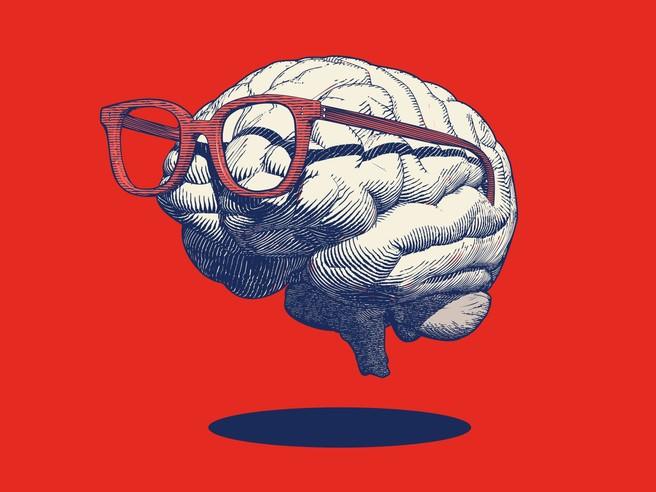
How to embed creativity more fully into university curricula

The 2020 Future of Jobs survey by the World Economic Forum asked senior executives from organisations around the world what skills were increasingly important for their workforce. Within the UK, the top three skills cited were “active learning and learning strategies”, “analytical thinking and innovation” and “creativity, originality and initiative”. The challenge for universities is therefore not to solely focus on educating students in terms of knowledge and technical skills but also on helping students be creative, analytical and active learners. Below are five key strategies to help embed creativity more fully into the university curricula.
1. Clarifying creativity
It is important to clarify what creativity means to students in the context of their discipline. Often creativity is solely associated with the creative industries, and some students might not think that creativity is relevant to their future career. However, creativity is defined as the ability to come up with original ideas and solutions that are of value. In the context of organisations, this usually means providing value to their customers. Therefore creativity is important for both the arts and sciences.
2. Establishing purpose
Coming back to the idea of relevance, probably the main factor that affects whether a student, or any other person, is creative is their level of engagement. To be creative you need to be curious and pay attention to what’s around you. You need to listen, observe, be open-minded, be analytical and take action to make things happen.
- Resource collection: Creativity in higher education
- Making space for creativity in higher education
- The summer life of a teacher can be a boon for creativity in the classroom
Generally, people won’t be curious, attentive and pro-active unless the topic of focus seems relevant to them. Therefore, in the context of designing curricula, it is important to consider using a project- or problem-based approach to learning that addresses real-world issues or problems where the area of focus is meaningful for the students. This enables students to be active learners and creators and not just passive recipients of knowledge.
Such approaches are often called product-oriented learning or authentic learning. Collaboration with outside organisations or groups can further enhance such an approach and provide a sense of purpose, where the collaborators help set the project brief, provide support and access, and give feedback throughout the project.
3. Understanding needs
To gain a deeper understanding of real-world issues and problems and to find inspiration for new ideas, students need to connect with the people affected to understand their needs, behaviours, motivations, beliefs and values, as well as be aware of technological developments. But this has ethical implications.
Universities need to make sure that they have appropriate ethics procedures and training in place before any such activities are initiated. Students also need to learn how to effectively undertake such research work, so the curricula should include modules covering qualitative and quantitative research methodologies and methods.
4. Exploring possibilities
A common feature in curricula design and assessment is a focus on finding the single right answer. However, to come up with new ideas or solutions of value, it is important to explore a range of possibilities before analysing which ideas have the most promise. This should include generating, prototyping and testing ideas with key stakeholders. Therefore projects and assessments should be structured to encourage this way of working.
Creativity requires taking managed risks and there needs to be recognition that there is a chance of failure when trying to create something new of value. Consequently, assessments should take into account the work undertaken, the process followed and the lessons learned and not just focus on the outcome.
5. Interdisciplinary collaboration
Many organisations successfully address real-world issues or problems through the use of interdisciplinary teams as such teams critically provide a diversity of knowledge, skills and perspectives. It is therefore important that students gain experience in collaborating with people from different disciplines.
For example, a project that tries to improve the healthcare support for the elderly at home might want to create teams involving students from the healthcare, social science, technology, business and design disciplines.
Some universities have already restructured their academic timetables and curricula to enable interdisciplinary collaboration, but for others this might require a major shift in thinking, planning and working. However, it is crucial that students gain these types of experiences to help them understand how their own skills, knowledge and perspectives play a part in helping to create ideas and solutions of value. Equally vital is that students understand the importance of other disciplines, expertise and perspectives. Egos can be one of the main barriers to creativity.
Gareth Loudon is professor of creativity and head of programmes (global innovation design and innovation design engineering) at the Royal College of Art.
If you would like advice and insight from academics and university staff delivered direct to your inbox each week, sign up for the Campus newsletter.


